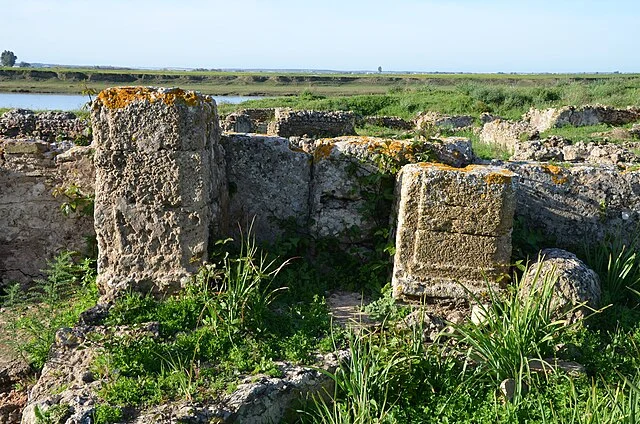Thamusida, located near present-day Kenitra in Morocco, was an ancient city with a significant history. This Roman outpost along the Sebou River played a key role in the Roman Empire’s control over the province of Mauretania Tingitana. Its development as a military and civilian center offers valuable insights into Roman colonization and military strategies in North Africa.
Get your dose of History via Email
Early Settlement and Strategic Importance
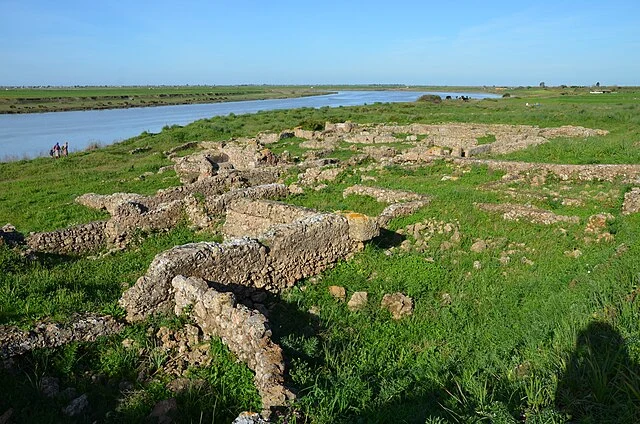
Thamusida’s origins likely predate Roman occupation. Before the Romans arrived, indigenous Mauretanian groups inhabited the area. The site’s strategic location along the Sebou River made it an ideal point for trade and military activities. When the Romans annexed Mauretania Tingitana in 40 AD, they recognized Thamusida’s importance and established a military outpost there.
Roman Military Presence
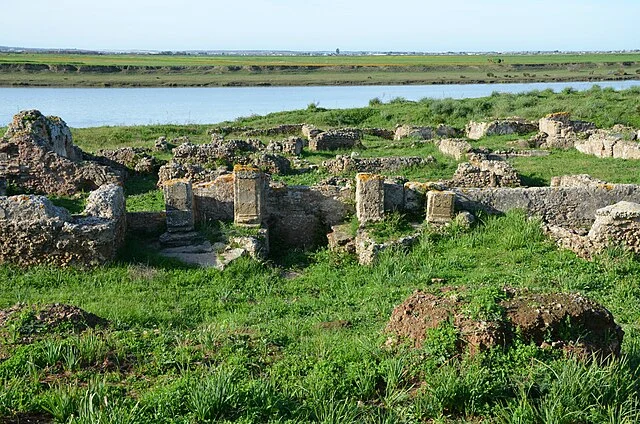
The Roman military established Thamusida as a castrum, or fortified camp. The camp likely housed a cohort of Roman soldiers tasked with controlling the region and protecting Roman interests. The Sebou River provided a natural defensive barrier and allowed for easy transportation of goods and troops. The Romans built a road network connecting Thamusida to other key settlements, including the provincial capital, Volubilis.
Urban Development
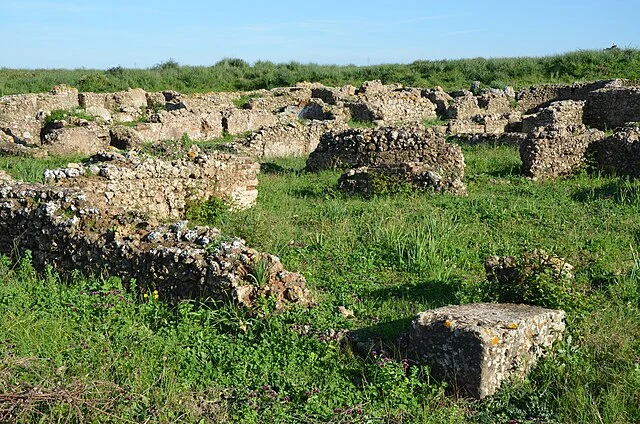
Under Roman rule, Thamusida grew into a small urban center. Archaeological excavations have revealed the presence of typical Roman infrastructure, including a forum, baths, and temples. These structures indicate that Thamusida was not just a military outpost but also a thriving community with a blend of Roman and local cultures. The presence of these public buildings shows the Roman effort to integrate local populations into the Empire.
Economic Activities
Thamusida’s location along the Sebou River enabled it to become a center for trade and agriculture. The fertile plains around the city supported farming, and the river facilitated the transport of goods. Roman records suggest that Thamusida exported grain, olive oil, and other agricultural products to other parts of the Empire. The city’s economy likely benefited from its position along trade routes connecting the interior of North Africa with the Mediterranean coast.
Decline and Abandonment
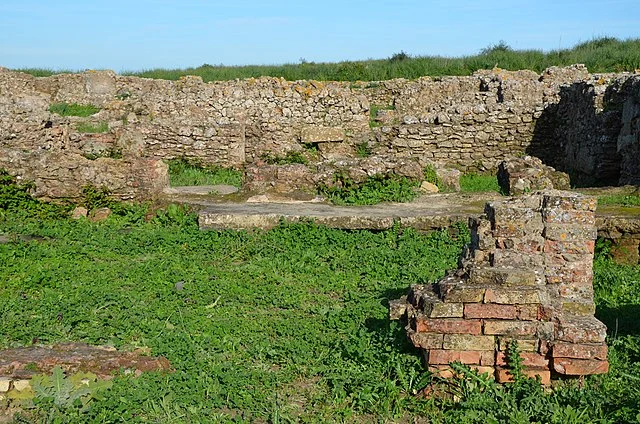
Thamusida began to decline in the late 3rd century AD. Several factors contributed to this decline. The Roman Empire faced increasing pressures along its borders, leading to the withdrawal of troops from remote areas like Mauretania Tingitana. Additionally, economic difficulties and the increasing instability of the Roman state may have reduced the resources available to maintain outposts like Thamusida.
By the early 4th century AD, Thamusida was largely abandoned. The decline of Roman power in North Africa, coupled with the increasing threat from local crews, likely led to its eventual desertion. Today, the ruins of Thamusida provide a glimpse into the life of a small Roman town at the Empire’s edge.
Archaeological Significance
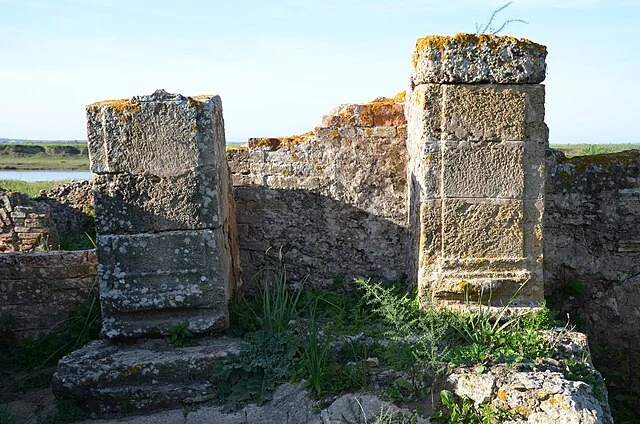
Archaeological work at Thamusida has provided valuable insights into Roman military and civilian life in North Africa. Excavations have uncovered a range of artifacts, including pottery, coins, and inscriptions. These findings have helped historians understand the city’s economic activities, social structure, and the extent of Roman influence in the region. The site remains an important source of information for scholars studying the Roman Empire’s presence in Africa.
Conclusion
Thamusida was a key outpost in Roman North Africa, serving both military and economic functions. Its development reflects the broader Roman strategy of controlling and integrating remote regions into the Empire. Although it was eventually abandoned, the city’s remains continue to offer important insights into the history of Roman Africa. As such, Thamusida is a significant archaeological site that sheds light on the complexities of Roman imperialism in the ancient world.
Source:

